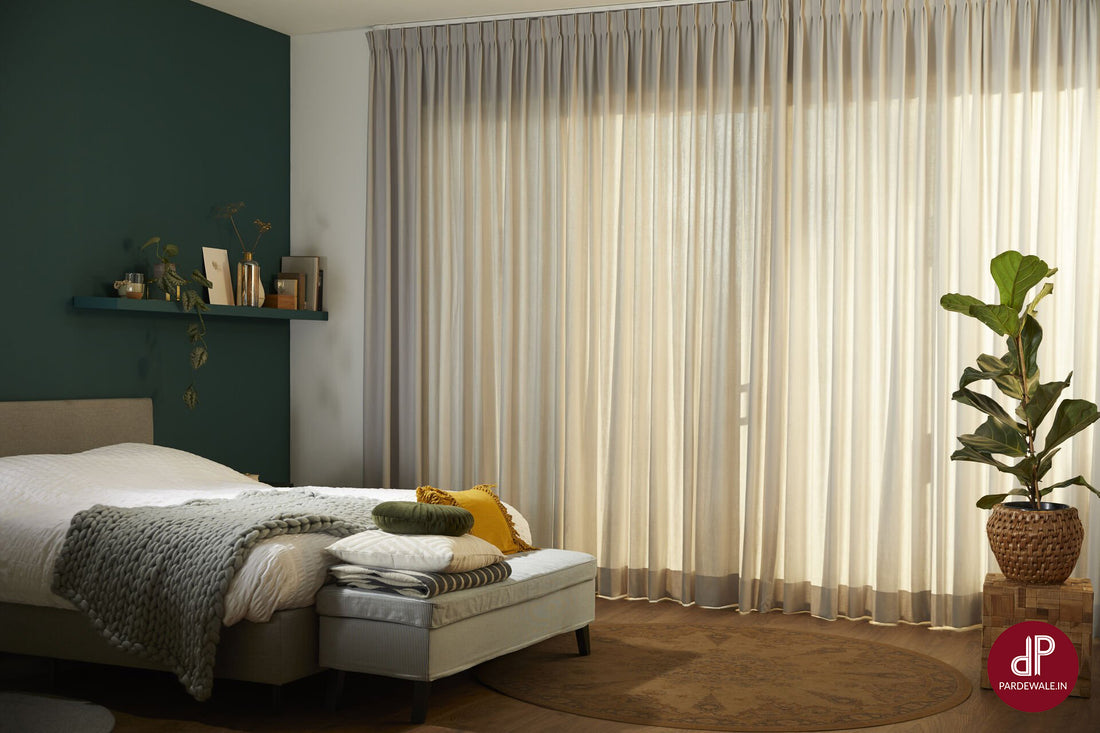Energy efficiency is not only beneficial for the environment but also for your wallet. One area where you can make a significant impact on both fronts is by using energy-efficient curtains. These specialized curtains are designed to minimize heat transfer, reduce energy consumption, and create a more comfortable living environment. In this blog, we will explore the benefits of energy-efficient curtains and provide tips on how to choose and use them effectively to save money and contribute to a greener planet.
Thermal Insulation:
Energy-efficient curtains online, also known as thermal curtains or insulating curtains, are designed with multiple layers of fabric or specialized lining materials that provide enhanced insulation. They help to reduce heat loss during the colder months and block heat gain during the hotter months. This thermal insulation feature allows you to maintain a more stable indoor temperature, reducing the need for excessive heating or cooling and lowering your energy bills.
UV Protection:
Energy-efficient curtains are often made with fabrics that have a high UV protection rating. These curtains act as a barrier against harmful UV rays, preventing them from entering your living space. By blocking UV radiation, these curtains help protect your furniture, flooring, and artwork from fading or deteriorating over time. Additionally, reduced UV exposure can contribute to a healthier indoor environment and protect your skin from potential damage.
Light Control:
Another benefit of energy-efficient curtains is their ability to control natural light. By choosing curtains with adjustable light-filtering properties, you can enjoy natural light during the day while reducing glare and maintaining privacy. This feature can help create a more comfortable ambiance in your home and reduce the need for artificial lighting, leading to energy savings.
Choosing the Right Energy-Efficient Curtains:
When selecting energy-efficient curtains, consider the following factors:
a. Fabric: Look for curtains made of thick, tightly woven fabrics such as velvet, brocade, or twill. These fabrics provide better insulation properties compared to lightweight materials.
b. Lining: Opt for curtains with thermal lining, such as thermal suede or thermal backing. These linings enhance the insulation capabilities of the curtains.
c. Color: Choose lighter-colored curtains to reflect sunlight and heat during the warmer months. Darker colors can help absorb heat during colder months, further improving insulation.
d. Size and Fit: Ensure that the curtains are properly sized and fit snugly against the window frame to minimize air leakage and maximize insulation.
Effective Curtain Usage:
To make the most of energy-efficient curtains, follow these tips:
a. Open and Close: During the winter, keep the curtains open during the day to allow sunlight to enter and warm the room naturally. Close them at night to reduce heat loss. In the summer, close the curtains during the day to block out the heat from the sun.
b. Layering: Consider layering energy-efficient curtains with sheer curtains or blinds. This allows you to control the level of light and privacy while maximizing insulation and energy savings.
c. Draft Prevention: Ensure that your curtains extend beyond the window frame and reach the floor to prevent drafts. Use draft stoppers or seals to further minimize air leakage.
Conclusion:
Investing in energy-efficient curtains is a smart choice that can save you money on your energy bills while reducing your environmental footprint. By providing thermal insulation, UV protection, and light control, these curtains create a comfortable and eco-friendly living space. Remember to choose curtains with appropriate fabrics, linings, colors, and sizes, and use them effectively by opening and closing them strategically. Embrace energy efficiency in your home with these curtains and contribute to a sustainable future for both your wallet and the planet.

